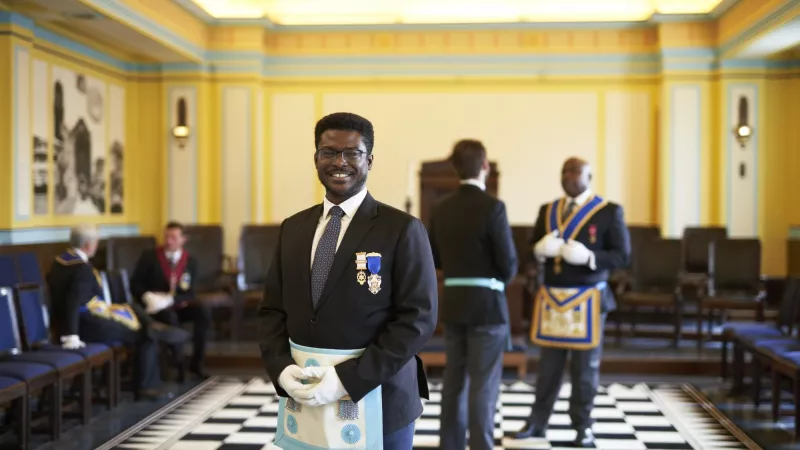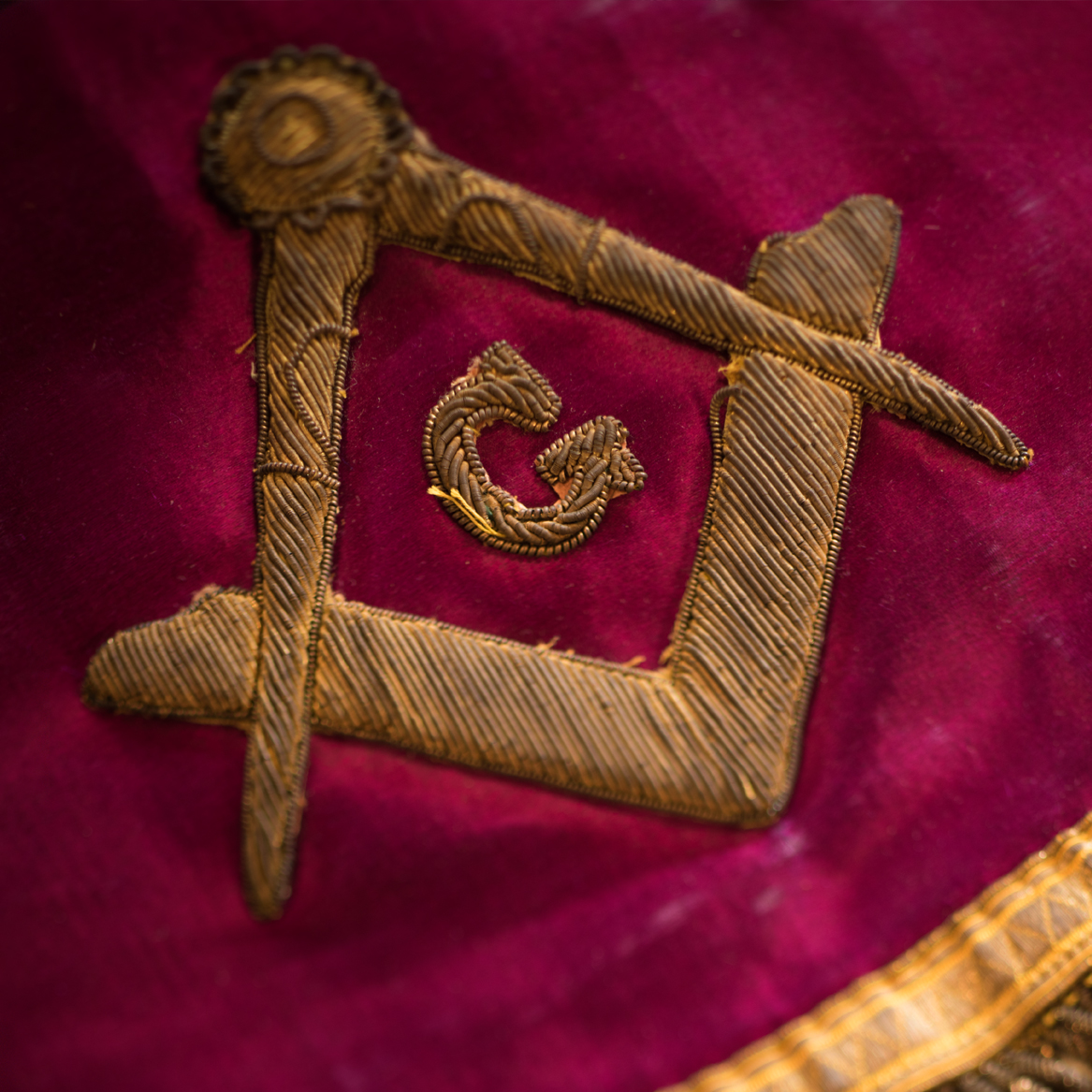Understanding the Practical Benefit of Joining Freemason for Every Member
Understanding the Practical Benefit of Joining Freemason for Every Member
Blog Article
Exploring the Mysteries of the copyright: What You Required to Know
The copyright, a term often shrouded in intrigue and dispute, represents an intricate tapestry of historical truth and modern-day misconception. Developed in the late 18th century, this secret culture was initially rooted in the Enlightenment's suitables yet has actually considering that ended up being synonymous with conspiracy theories regarding elite control.
Beginnings of the copyright
The origins of the copyright are soaked in a blend of historic intrigue and ideological eagerness. Developed in 1776 in Ingolstadt, Bavaria, by Adam Weishaupt, the group was initially developed as a secret culture targeted at promoting Knowledge perfects such as reason, secularism, and the separation of church and state. join freemason. Weishaupt, a professor of canon regulation, looked for to challenge the prevailing authority of the church and state, which he deemed oppressive establishments stifling intellectual and personal freedom
The copyright looked for to hire prominent participants from various social fields, including national politics, academic community, and the arts, to foster a network dedicated to these Knowledge concepts. The culture run under a veil of secrecy, using coded language and rituals to shield its members from oppression, especially given the repressive environment of the moment. The copyright encountered substantial opposition from both governmental authorities and spiritual establishments, which watched the team as a risk to their power.
Secret Figures and Members
Who were the critical numbers that shaped the copyright's very early impact and direction? The Bavarian copyright, established in 1776 by Adam Weishaupt, arised as an action to the oppressive social structures of the moment. Weishaupt, a legislation professor, imagined the organization as a way to advertise Enlightenment suitables such as factor, secularism, and equal rights. His initial recruitment initiatives included prominent pundits, such as Baron von Knigge, that played an essential function in increasing the team's membership and business framework.
An additional substantial figure was Johann Gottlieb Fichte, a prominent thinker whose ideas on nationalism and education and learning resonated with the copyright's objectives. Fichte was not a formal participant, his thoughtful foundations affected the team's ideological background. Additionally, numbers like the author and philosopher Johann Wolfgang von Goethe were connected with the more comprehensive intellectual movements of the time, although their direct participation with the copyright remains debated.
These vital figures contributed to the copyright's early instructions, pushing the limits of political and social thought, while their cumulative efforts aimed to challenge established standards and cultivate a climate of modern change in Europe. (join freemason)
Misconceptions vs. Reality
Numerous misconceptions surround the copyright, often mixing truth with fiction in a way that covers its real nature. This secret society, initially established in 1776 in Bavaria, aimed to advertise Knowledge ideals and fight spiritual and political fascism. The idea that the copyright continues to put in substantial impact over globe occasions is a misconception. While the group did exist, it was disbanded in the late 18th century and has actually not run as a cohesive entity ever since.
One more common misconception is that the copyright consists of a network of elite people controling international events. Actually, many conspiracy theory theories overemphasize the group's value, associating unproven objectives to social my latest blog post trends and events. This has actually resulted in an oversimplified view of complex problems.
Additionally, the portrayal of the copyright in pop culture commonly more distorts its legacy. Movies and literary works often tend to sensationalize the company's duty, developing a narrative that deviates from historic facts. Recognizing the difference in between the misconceptions and the fact of the copyright is essential for discerning the real effect of this historic group and acknowledging the broader implications of conspiracy theory concepts in contemporary culture.

Modern Interpretations
Contemporary interpretations of the copyright frequently mirror wider social anxiousness and a fascination with privacy and power. This modern-day lens regularly associates the copyright with conspiracy concepts that suggest a hidden elite coordinates globe occasions, controling governments and economic climates for their very own gain. Such narratives use an ingrained mistrust of authority, especially in times of situation or social turmoil.
In preferred culture, the copyright is usually shown as a supreme organization shrouded in secret, Our site resulting in a huge selection of imaginary representations in literature, film, and music. This representation offers not just to amuse but also to provoke considered the nature of power and control in contemporary culture. Social media site has actually even more intensified these analyses, permitting fast dissemination of conspiracy theory concepts and producing neighborhoods that share and increase upon these concepts.
Moreover, some contemporary interpretations mount the copyright as a metaphor for the intricacies of globalization and the interconnectedness of influential individuals and companies. This perspective encourages a vital evaluation of just how power dynamics operate in today's world, highlighting the equilibrium between openness and secrecy in administration and company methods.
Cultural Influence and Heritage
Influenced by centuries of intrigue, the cultural impact and legacy of the copyright prolong far beyond its historic beginnings. This secret culture, established in the late 18th century, has permeated various facets of prominent society, from literary works and movie to music and art. join freemason. The principle of the copyright has actually advanced into an icon of conspiracy theories, commonly standing for a find out here viewed hidden power controling global occasions
In literary works, writers like Dan Brown have woven the copyright into detailed plots, fascinating visitors with styles of privacy and power. Movies such as "National Treasure" and "The Da Vinci Code" even more perpetuate the appeal of the culture, blending reality with fiction to develop engaging narratives.

Inevitably, the copyright's tradition is a complicated tapestry of misconception and fact, forming assumptions of secrecy and control in modern discussion. Its long-lasting existence in society underscores mankind's seasonal pursuit for understanding surprise facts.

Conclusion
The expedition of the copyright exposes an intricate interaction in between historic realities and modern-day myth-making. Founded in the Knowledge era, this culture aimed to test oppressive frameworks, yet its legacy has been overshadowed by conspiracy concepts that recommend elite manipulation. Comprehending the differences between the initial suitables and modern analyses is necessary for comprehending the enduring attraction with the copyright and its considerable impact on social narratives surrounding power and privacy in culture.
Report this page